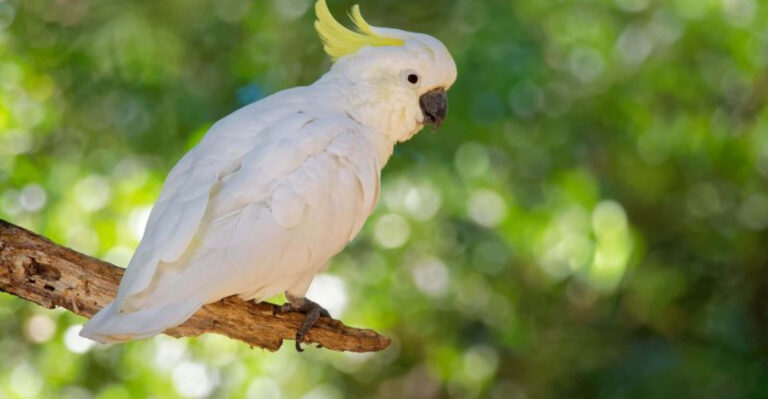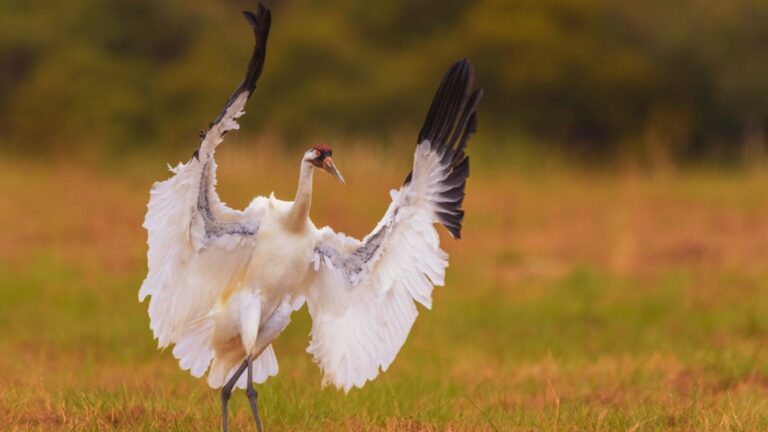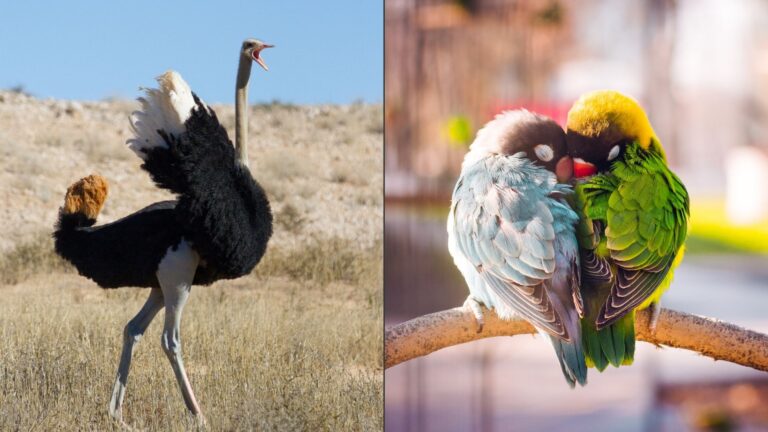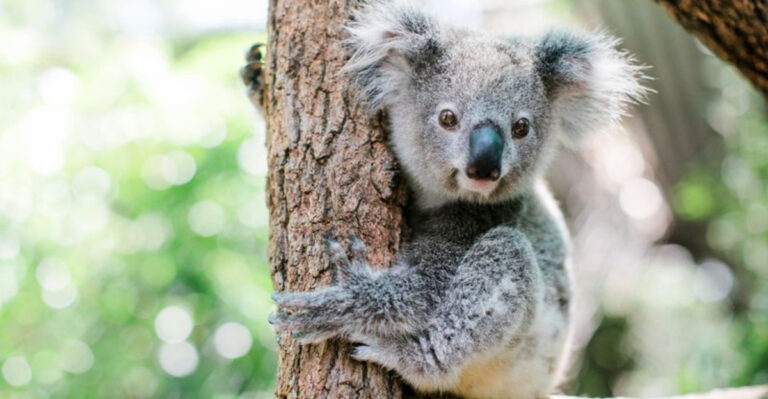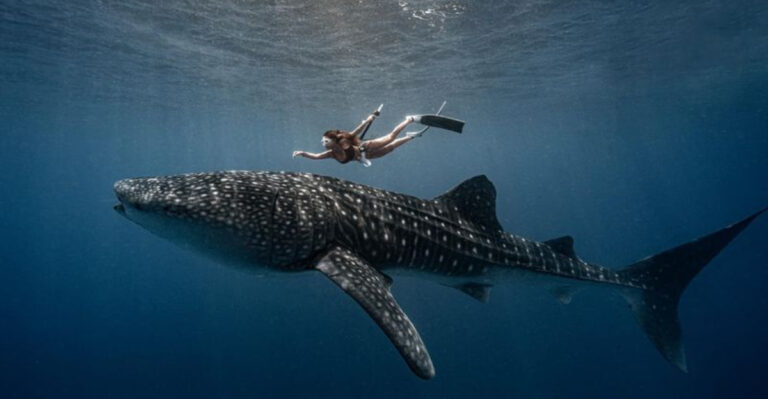13 Strongest Animals On Earth And Where You Can Find Them
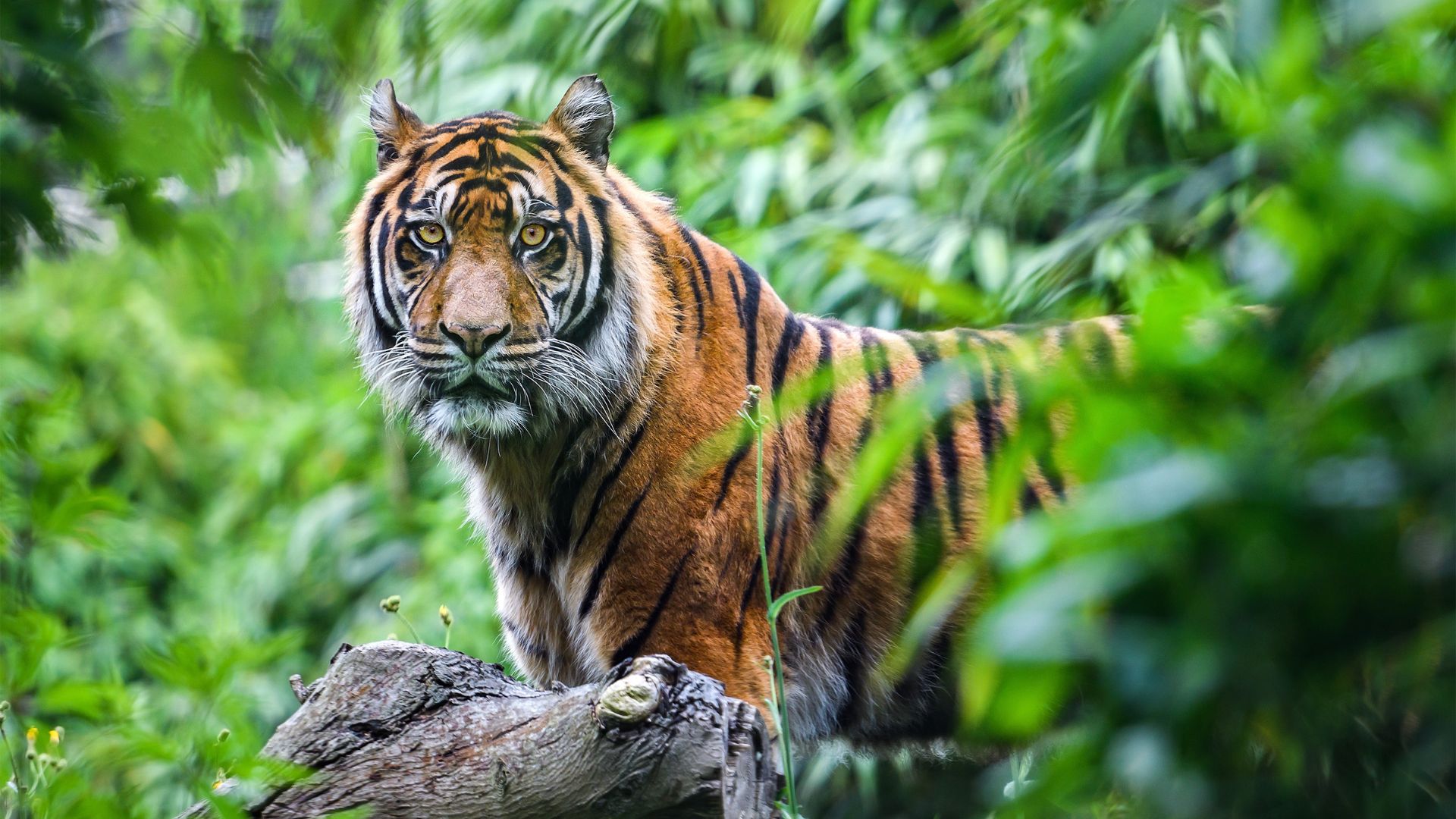
The animal kingdom is filled with extraordinary creatures that exhibit incredible strength, whether it’s in relation to their size or sheer physical power.
These animals are found in diverse habitats across the globe and have adapted to thrive in their respective environments. Let’s explore some of the strongest animals on Earth, each with its unique capabilities and habitats.
1. Dung Beetle
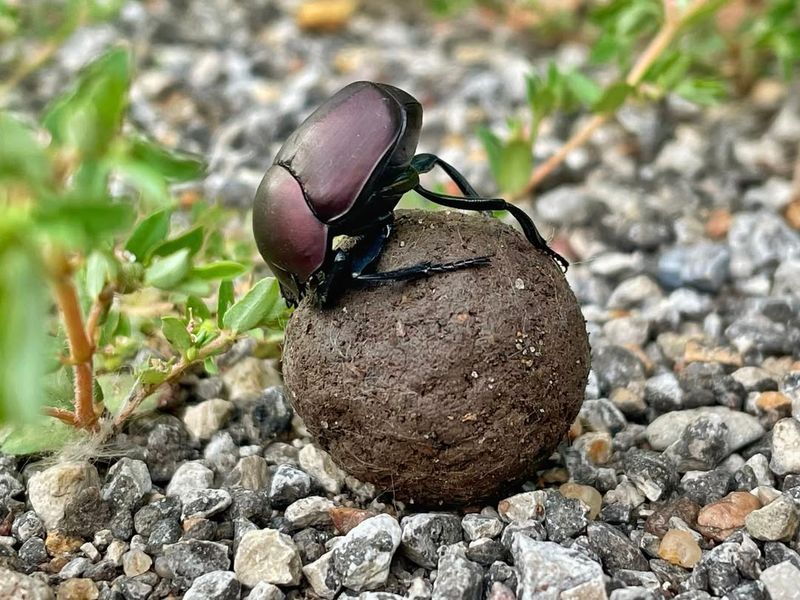
The dung beetle, found worldwide, is renowned for its incredible strength relative to its size. These small insects can move objects over 1,000 times their own body weight, an impressive feat in the natural world. In sandy deserts, lush forests, and even urban areas, dung beetles thrive by recycling nutrients and cleaning up waste.
Their strength isn’t just a party trick; it plays a critical role in their survival. By rolling and burying dung, these beetles create both food sources and breeding grounds. This behavior helps maintain ecological balance and supports healthy plant growth by fertilizing the soil.
Beyond their physical strength, dung beetles possess fascinating navigational skills, often using the Milky Way to guide their nighttime journeys. These abilities make them a crucial part of the ecosystem, showcasing strength in both body and mind. Their persistence and efficiency are unmatched, proving that strength doesn’t always come in large packages.
2. Gorilla
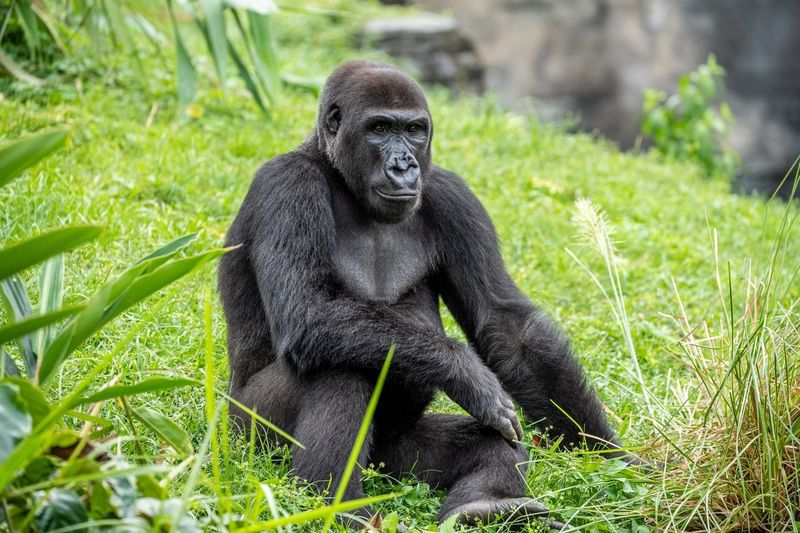
Gorillas, native to Central Africa’s dense forests, are among the strongest primates on Earth. These gentle giants possess immense physical strength, with the ability to lift weights well over 1,800 pounds. Their impressive muscles and robust build allow them to navigate their jungle habitat effortlessly.
A gorilla’s strength is crucial for its survival, aiding in food gathering and territory defense. These herbivorous creatures consume a variety of plants, fruits, and leaves, using their strength to strip vegetation and access hidden food sources. Despite their power, gorillas are known for their gentle and social nature, living in close-knit family groups led by a dominant silverback.
Beyond physical prowess, gorillas exhibit emotional intelligence and complex social behaviors. Their ability to communicate through vocalizations, gestures, and facial expressions highlights their sophisticated social structure. Gorillas’ strength and gentle nature make them fascinating animals worthy of admiration and protection.
3. Leafcutter Ant
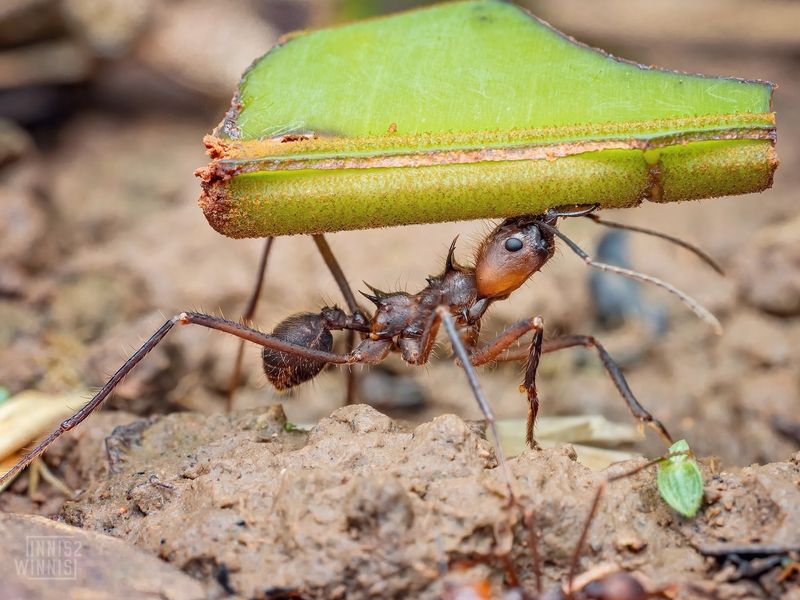
Leafcutter ants, native to Central and South America, are remarkable creatures known for their strength and teamwork. These industrious insects can carry leaf fragments many times their body weight, a necessity for building their complex underground nests.
Each colony of leafcutter ants operates as a well-oiled machine, with ants working in harmony to harvest leaves. These leaves are not consumed directly; instead, they serve as a substrate for cultivating the fungus that constitutes their primary food source. Through this unique farming method, leafcutter ants play a crucial role in their ecosystem.
Their strength and cooperation are essential for the colony’s survival. By continuously working together to gather resources, they ensure the prosperity of their community. Leafcutter ants exemplify how strength and unity can achieve remarkable results, underscoring the importance of teamwork in the natural world.
4. Grizzly Bear
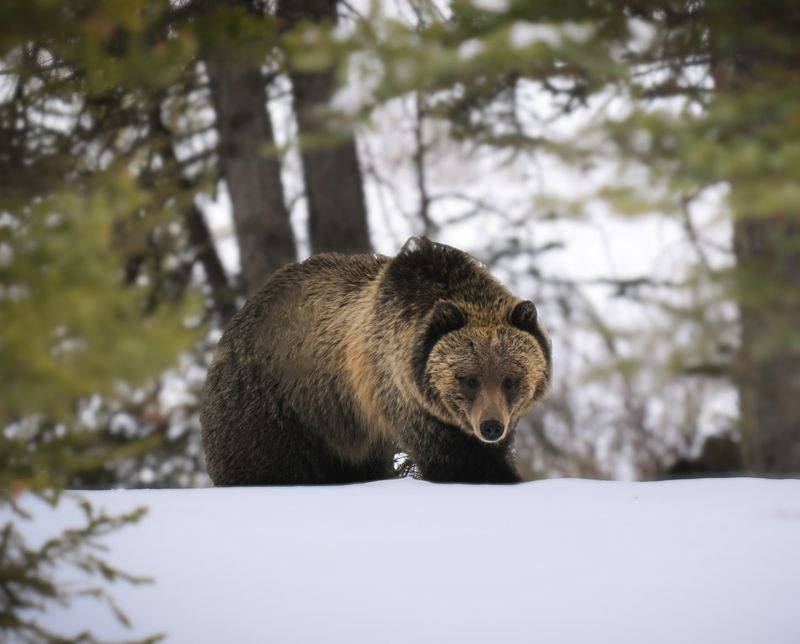
Grizzly bears, native to North America, are a symbol of raw power and strength. These formidable animals can weigh up to 1,700 pounds and stand over seven feet tall on their hind legs. Their muscular build and sharp claws make them adept hunters and foragers.
Grizzly bears’ strength is vital for survival in their diverse habitats, ranging from dense forests to open plains. They rely on their power to catch fish, hunt small mammals, and dig for roots and berries. This omnivorous diet allows them to thrive in various environments, showcasing their adaptability.
Despite their fearsome reputation, grizzly bears are generally solitary and prefer to avoid humans. Their strength and resilience are crucial for withstanding harsh climates and competing for resources. These majestic creatures play a pivotal role in their ecosystems, maintaining balance through their interactions with other species.
5. Tiger
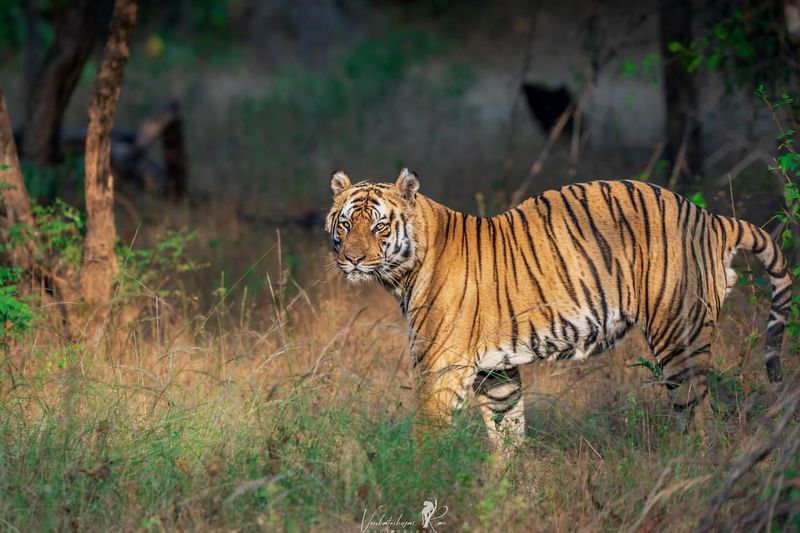
Tigers, found in the forests of Asia, are apex predators known for their power and grace. These magnificent cats can weigh up to 660 pounds and measure over ten feet in length, making them one of the largest felines on the planet.
Their strength is evident in their hunting prowess, with the ability to take down prey much larger than themselves. Tigers rely on their stealth and powerful limbs to ambush animals such as deer and buffalo. Their strong jaws and sharp claws ensure a swift and efficient kill.
Beyond their physical abilities, tigers are solitary and territorial creatures, marking their domains with scent markings and vocalizations. Their strength and adaptability enable them to thrive in a range of habitats, from tropical rainforests to snowy taigas. Tigers’ beauty and power inspire awe, highlighting the importance of their conservation.
6. Eagle
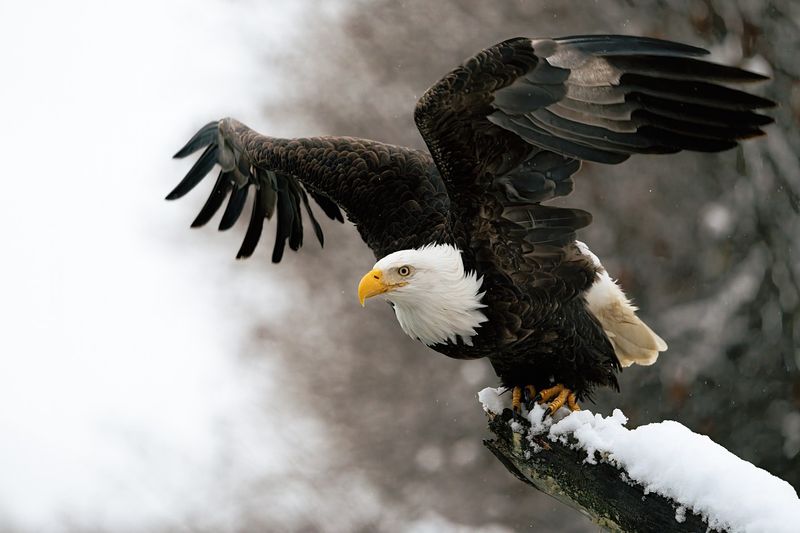
Eagles, found worldwide, are powerful birds of prey known for their strength and keen eyesight. With wingspans reaching over seven feet, these majestic birds can soar at altitudes of up to 10,000 feet, scanning the landscape for prey.
Their strength lies in their talons, capable of exerting tremendous pressure to catch and hold onto fish, rodents, and other small animals. Eagles’ sharp beaks and keen vision make them efficient hunters, able to spot prey from miles away.
Beyond their hunting abilities, eagles are symbols of freedom and power in many cultures. Their ability to fly at great heights and cover vast distances is a testament to their strength and endurance. Eagles play a vital role in maintaining ecological balance by controlling the populations of their prey species.
7. Saltwater Crocodile
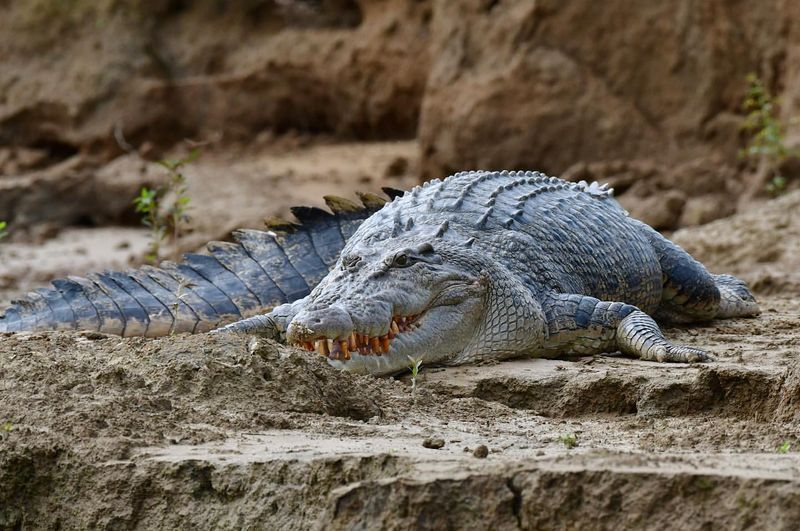
Saltwater crocodiles, native to Southeast Asia and Northern Australia, are formidable reptiles known for their immense strength and aggressive nature. These predators can grow over 20 feet long and weigh more than 2,200 pounds, making them the largest living reptiles.
Their strength is most evident in their powerful jaws, capable of exerting immense pressure to crush prey. Saltwater crocodiles are apex predators, hunting a variety of species including fish, birds, and mammals. Their stealth and explosive power make them highly effective hunters.
Living in both freshwater and saltwater environments, these crocodiles can travel long distances in search of food. Their ability to adapt to different habitats and climates highlights their resilience and strength. Saltwater crocodiles play a crucial role in their ecosystems, maintaining balance by controlling prey populations.
8. Anaconda
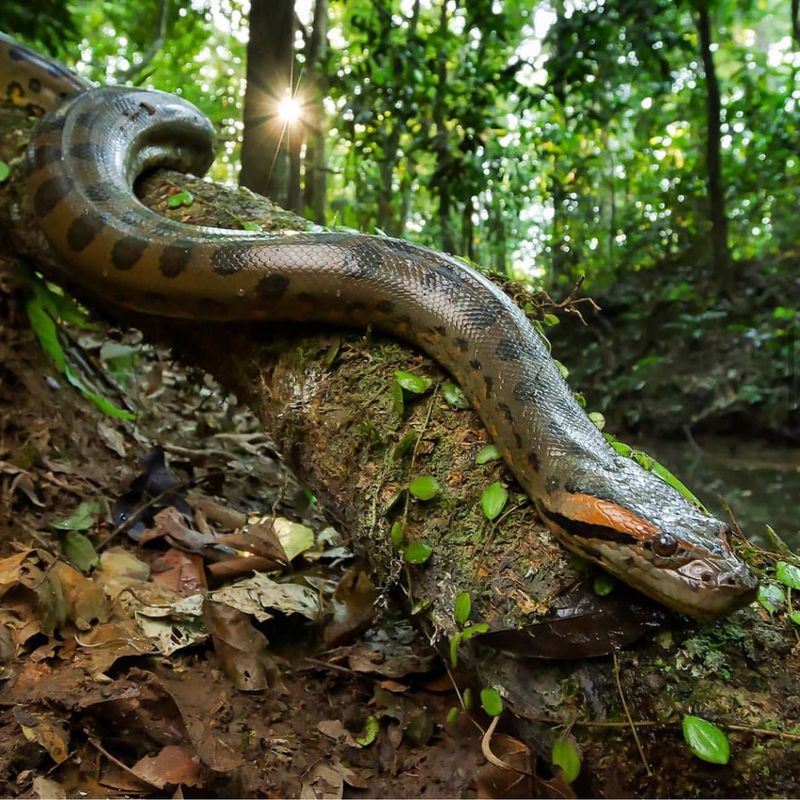
Anacondas, found in the swamps and rivers of South America, are among the largest and most powerful snakes in the world. These impressive reptiles can reach lengths of over 30 feet and weigh more than 500 pounds.
Their strength is evident in their hunting technique, where they constrict their prey with immense force, suffocating it before consumption. Anacondas primarily feed on fish, birds, and mammals, using their powerful bodies to ambush and subdue their victims.
Beyond their physical abilities, anacondas are skilled swimmers, capable of navigating their aquatic habitats with ease. Their stealth and adaptability make them formidable predators in their environment. Anacondas play a vital role in maintaining ecological balance by regulating prey populations and contributing to nutrient cycles.
9. Hippopotamus
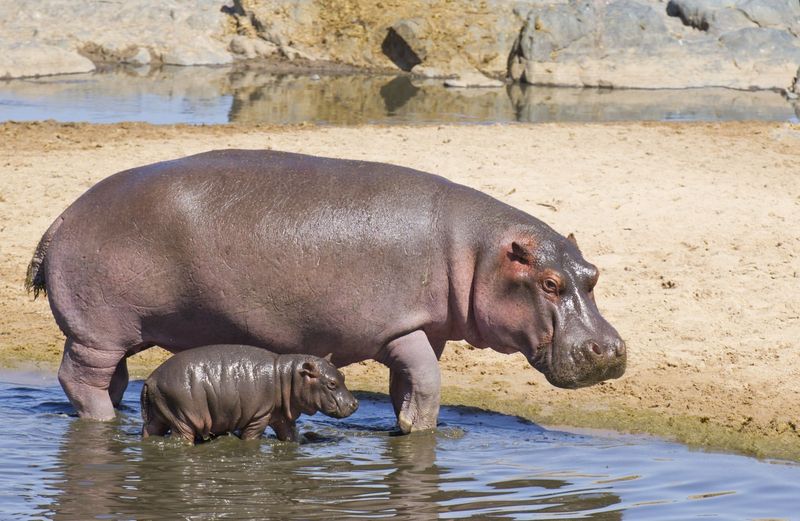
Hippopotamuses, native to African rivers and lakes, are known for their immense size and strength. Weighing up to 3,300 pounds, these massive mammals are well-adapted to life in the water, where they spend most of their time.
Despite their bulk, hippos are surprisingly agile and can run at speeds of up to 19 miles per hour on land. Their powerful jaws and sharp teeth make them formidable opponents, capable of defending themselves against predators such as crocodiles and lions.
Hippos play a crucial role in their ecosystems by modifying waterways and creating habitats for other species. Their strength and size help them maintain dominance in their environment, ensuring access to resources and breeding opportunities. These remarkable animals are both feared and respected in their natural habitats.
10. African Elephant
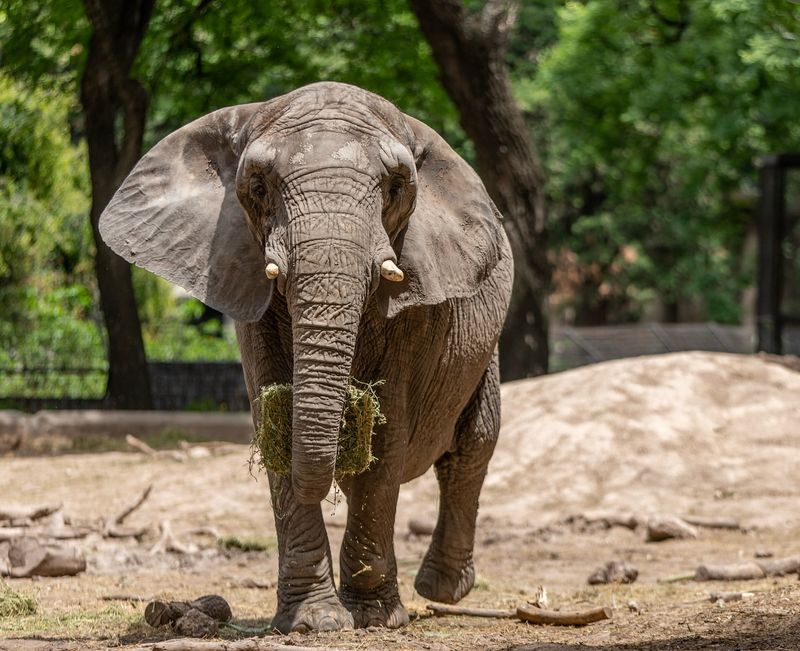
African elephants, the largest land animals on Earth, are majestic creatures found in the savannahs and forests of Africa. These giants can weigh up to 14,000 pounds and stand over ten feet tall, showcasing their immense strength and presence.
Their strength is most evident in their trunks, which contain over 40,000 muscles and can lift objects weighing hundreds of pounds. Elephants use their trunks for feeding, social interactions, and manipulating their environment. Their tusks, also strong and versatile, are used for digging and defense.
African elephants play a vital role in shaping their ecosystems by creating pathways and clearing vegetation, which benefits other species. Their strength and intelligence, along with their complex social structures, make them fascinating animals deserving of protection.
11. Giraffe
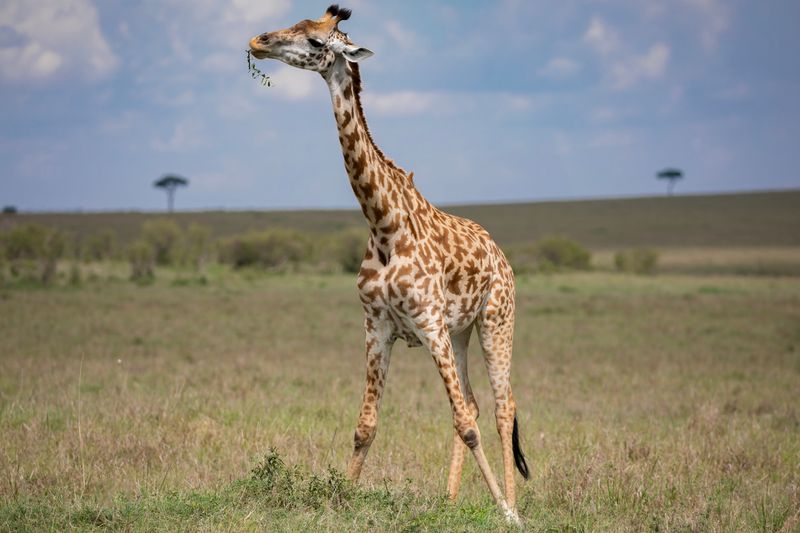
Giraffes, native to Africa, are the tallest animals on Earth, known for their long necks and graceful presence. These gentle giants can reach heights of up to 18 feet, allowing them to access food sources unavailable to other herbivores.
Their strength is evident in their powerful necks, which contain specialized muscles to support their long vertebrae. Giraffes use their height advantage to browse the tops of trees, feeding on leaves, fruits, and flowers. Their long legs enable them to cover large distances in search of food and water.
Beyond their physical abilities, giraffes exhibit social behaviors, often forming loose groups for protection against predators. Their unique adaptations and strength make them iconic symbols of the African landscape, highlighting the diversity and complexity of the animal kingdom.
12. Rhinoceros Beetle
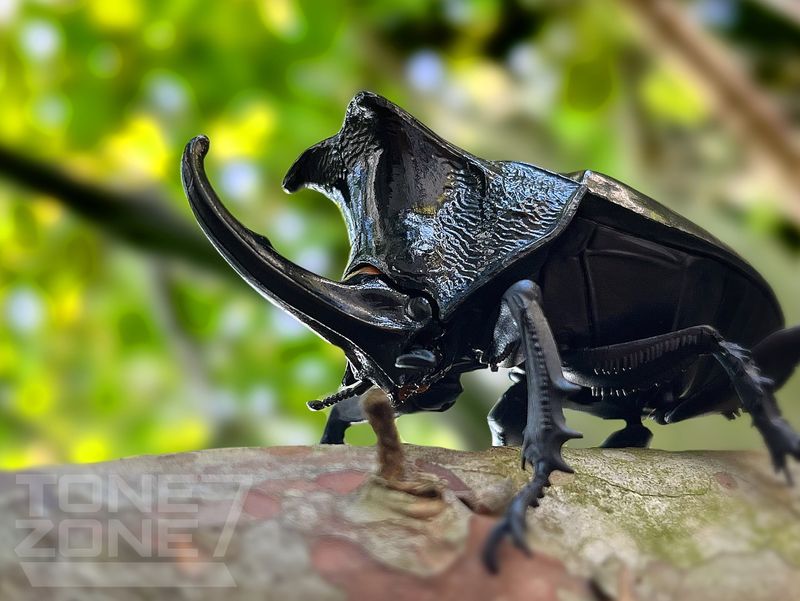
Rhinoceros beetles, found worldwide, are among the strongest insects on the planet. These remarkable beetles can lift objects 850 times their own weight, a testament to their incredible strength and resilience.
Their strength is primarily used for competition during mating season, where males use their horns to fight for access to females. These intense battles showcase their power and tenacity, with the strongest beetles often emerging victorious.
Beyond their combat prowess, rhinoceros beetles play a role in their ecosystems by aiding in the decomposition of plant material. Their strength and adaptability make them fascinating creatures, demonstrating that true power often comes in unexpected forms.
13. Blue Whale
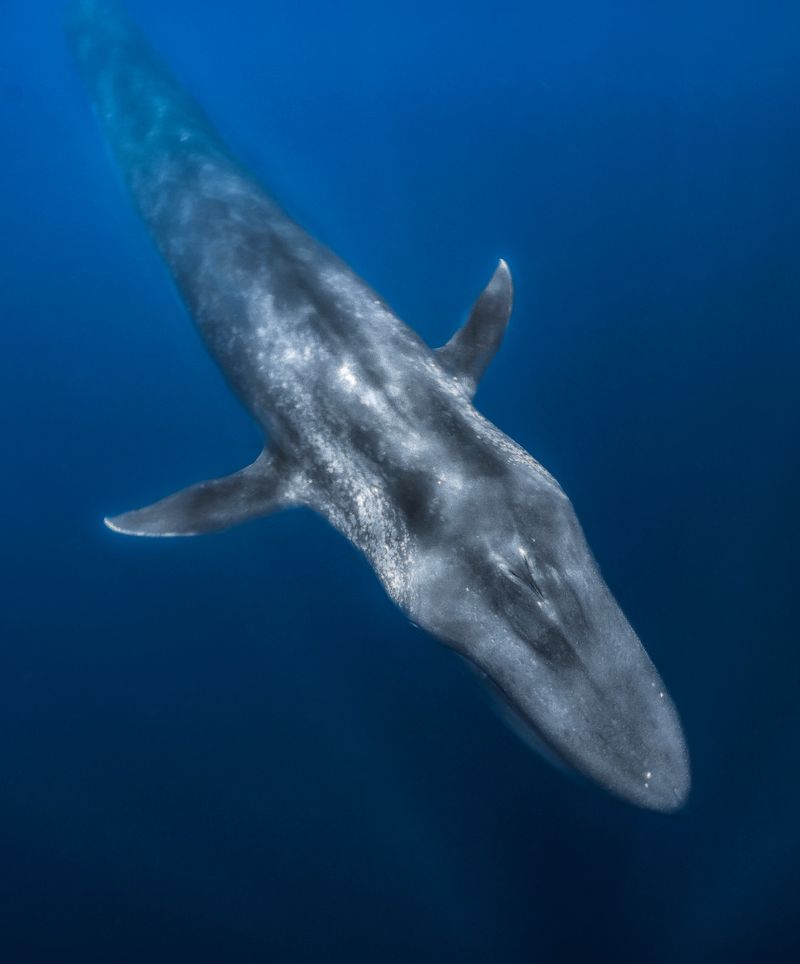
Blue whales, the largest animals on Earth, inhabit oceans worldwide. These gentle giants can reach lengths of up to 100 feet and weigh as much as 200 tons, showcasing their immense size and strength.
Despite their massive dimensions, blue whales primarily feed on tiny krill, consuming up to four tons per day. Their strength is evident in their ability to cover vast distances during migration, traveling between feeding and breeding grounds.
Blue whales play a significant role in marine ecosystems, contributing to nutrient cycles through their feeding and waste. Their sheer size and strength underscore the diversity and wonder of life in the oceans, highlighting the importance of marine conservation efforts.

